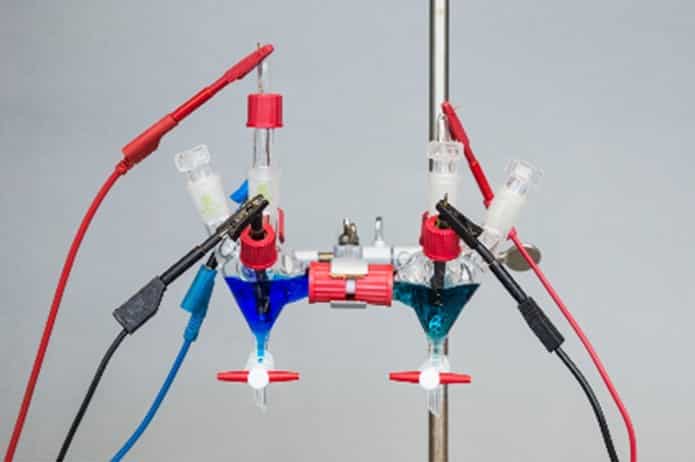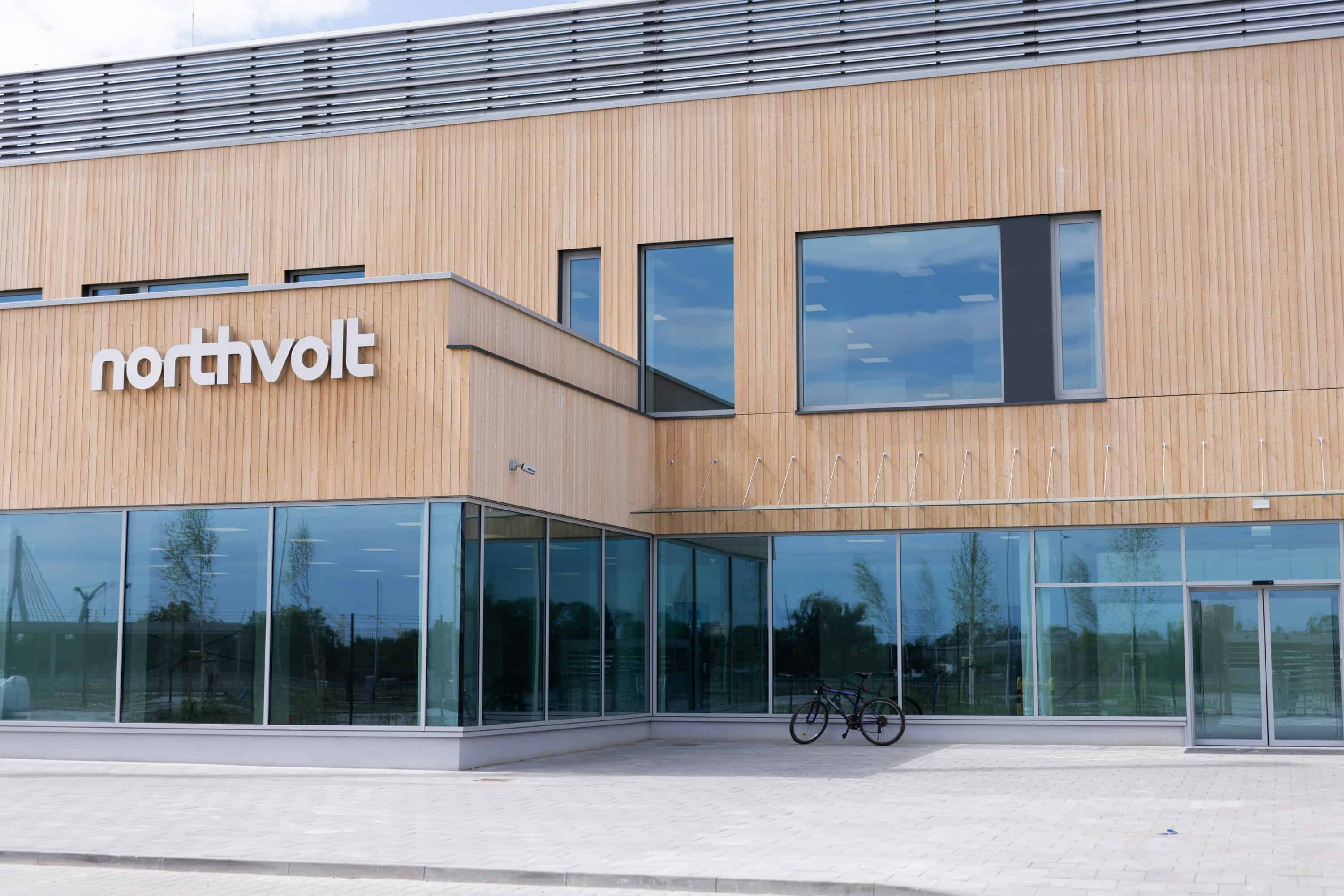
According to Federal Environment Agency statistics, a total of 428 terawatt hours (1 TWh corresponds to 1 billion kilowatt hours) were provided from renewable energies in 2018. That is just under 17 percent of final energy consumption in Germany. Of this, about 53 percent (or 226 TWh) was generated by electricity, about 40 percent (or 171 TWh) by the heating sector and about 7 percent by biogenic fuels in the transport sector (32 Twh).
This means that the share of renewable energies in gross electricity consumption has risen from 36.0 percent in 2017 to 37.8 percent – also in the heating and transport sector. The share of renewable energies in heat consumption rose by 0.5 percentage points to 13.9 percent, in transport by 0.4 percentage points to 5.6 percent. However, 2018 was also a very good year for renewable energies: lots of sunshine in the warm season and a relatively mild winter.
Limited Storage Capacity
Exactly this fluctuating, weather-dependent electricity production however still poses a problem for renewable energies such as wind energy and photovoltaics. Excess electricity must be stored in batteries for periods when production cannot meet demand. This is the only way to avoid having to resort to other energy sources such as fossil fuels.

But powerful battery systems are not only necessary for the intermediate storage of electricity. Modern technologies such as electromobility can only really get going with sufficient batteries. So far, however, the power grid has not been designed for fast charging stations with 350 kilowatts – and there is not electricity everywhere where fast charging stations would make sense.
Lithium-ion batteries are only suitable to a limited extent for storing electricity. They would be broken after two to three years of charging and discharging several times a day. Redox-flow batteries would be perfect for this and are also recyclable and non-flammable. Until now, they were however simply too expensive. However, researchers at the Fraunhofer UMSICHT in Oberhausen have now been able to significantly reduce costs. The innovative redox-flow batteries are manufactured and marketed by the Fraunhofer spin-off Volterion.
Novel Redox-Flow Batteries Become Affordable
In order to understand how the researchers have optimized redox-flow batteries, one must first take a look at the structure of these batteries, the scientists explain. The batteries consist of stacks – cell stacks that convert the electricity to be stored into chemical energy. In addition, there is electrolyte fluid that stores this chemical energy. These stacks are mainly responsible for the high costs of the batteries.
“We were able to reduce the weight of the stacks to ten percent and thus significantly reduce their costs”, explains Dr. Thorsten Seipp, former scientist at Fraunhofer UMSICHT and now Managing Director at Volterion. “While conventional stacks often have to be eight to ten millimeters thick per individual cell, we can manage with a stack thickness of two to three millimeters.” This material saving means that the costs for the innovative redox-flow batteries are in the same price range as lithium-ion batteries.
The greatest savings were achieved by the scientists above all in materials development. Normally, the stacks consist of a graphite-plastic mixture, which loses its polymer properties during processing. This means that the long polymer chains are destroyed, the material loses its flexibility and also some of its stability. In addition, it cannot be welded, but must be fitted with sealing rings and screwed together.
“We have adapted the material and the manufacturing process at Fraunhofer UMSICHT in such a way, that the polymer properties are retained”, says Seipp. “This means that the material remains stable and flexible, can be made considerably thinner and the stacks can be welded together. Fast wearing sealing rings are unnecessary”. This not only makes the stacks cheaper, they also last more than twice as long. This makes them profitable for numerous applications.
From Sewage Treatment Plants to MRI Examinations
One field of application for the novel redox-flow batteries is currently a sewage treatment plant. There, electricity is produced from methane, but in the future photovoltaic systems will also generate additional energy. A 100-kilowatt battery will then be used to compensate for fluctuations in power generation and power consumption, so that the sewage treatment plant will be able to cover all its own energy requirements in the future.

Seipp also stresses that a redox-flow battery can be worthwhile for MRI scanners in hospitals. “Each MRI device has an output of 200 kilowatts – if three or four devices are to run simultaneously, the line is quickly overloaded”, he says. “However, laying a new power line is extremely expensive at 80,000 euros per kilometre. A redox-flow battery is a good alternative here.”
MRI devices are only switched on for a few minutes during use and then switched off again until the next use. This means that the battery is charged and discharged several times a day. “Our optimized batteries are perfect for this – as well as for other applications where a lot of energy is needed at short notice, that the grid cannot reliably supply”, Seipp summarizes.
The researchers at Fraunhofer UMSICHT are working together with their colleagues from Volterion to further reduce the cost of the batteries and also want the batteries to be usable in the megawatt range. They currently operate in the range of 100 to 300 kilowatts.
Also Interesting:
Low-Cost and Environmentally Friendly Battery Production for the Electric Car of Tomorrow
Analysis Tool for Batteries to Support the Future of E-Mobility
Durability and Safety: Burning Issues on Battery Day
Research Project on Environmentally Friendly and Efficient Sodium Ion Batteries
Solid-State Battery with High Energy Density Thanks to Lithium Anode
Europe Focuses on Sustainability in Battery Production








